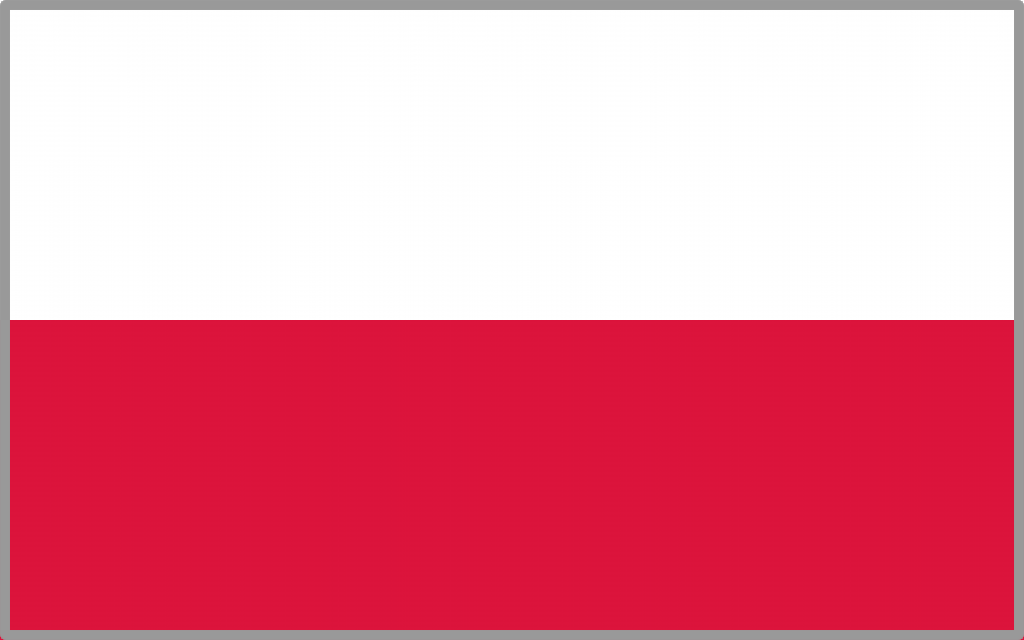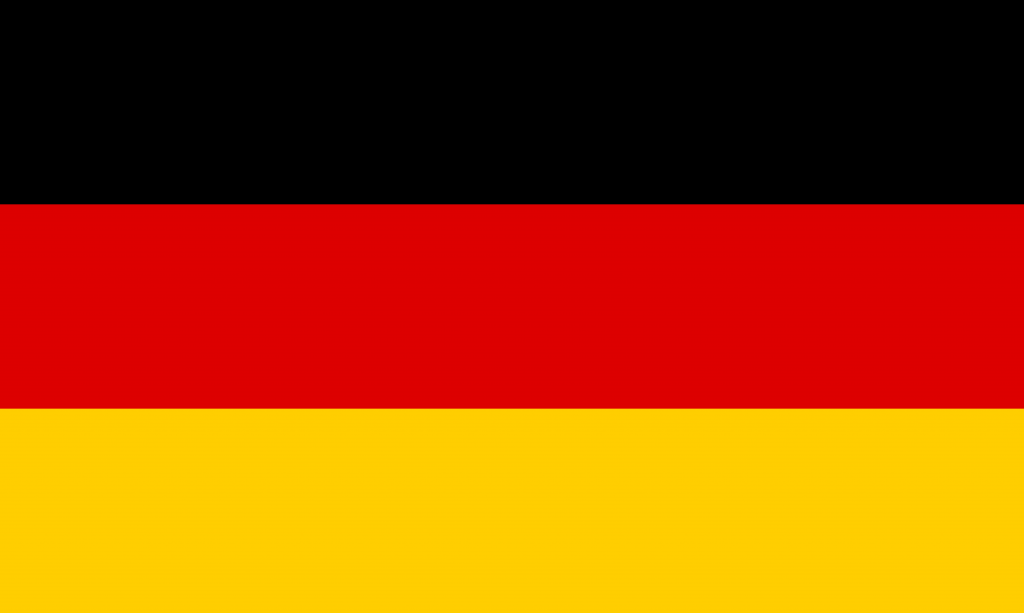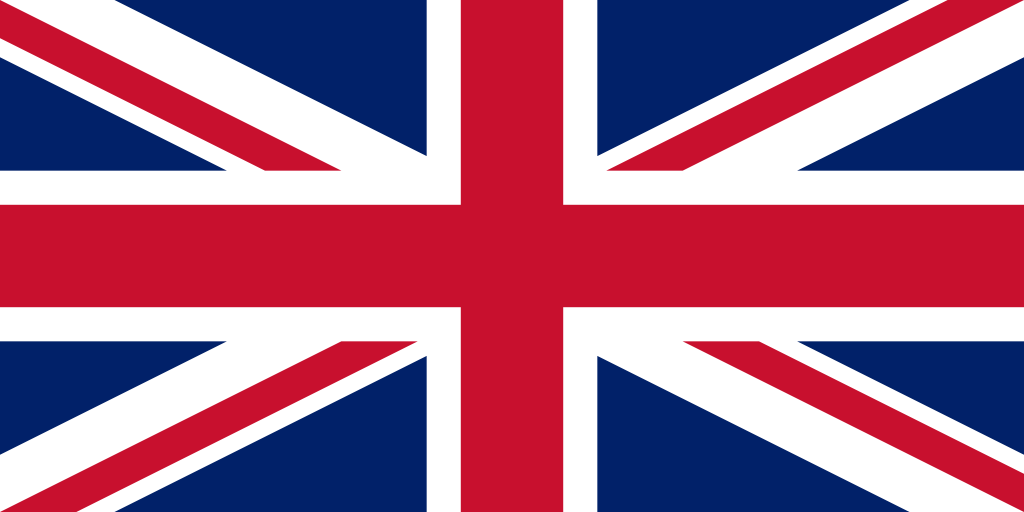If you are planning catalog printing, you need to keep in mind several key issues. The choice of paper, format, binding – all these have a huge impact on the final result. As a printer, we know what mistakes customers make and how to avoid them. Here are five things you should know before you order catalog printing.
1. Catalog printing vs. paper – choose wisely
Not every paper is suitable for catalog printing. Its quality determines the appearance and durability of the publication. You have several options to choose from:
• Glossy coated paper – ideal for catalogs with lots of photos. Colors look intense, but may reflect light.
• Coated matte – more elegant, less reflective, great for catalogs with lots of text.
• Offset – more eco-friendly, suitable for catalogs that are dominated by text.
If you want to impress your customers, don’t skimp on paper. Thicker paper (minimum 130 gsm) makes the catalog look professional and won’t bend in your hands.
2. Format of the catalog – match it to the content
A bigger catalog doesn’t always mean a better one. The format must fit your industry and content. Here are the most popular options:
• A4 (210 x 297 mm) – a classic choice, works well in most industries.
• A5 (148 x 210 mm) – more compact and handy.
• Square (e.g. 210 x 210 mm) – modern design, ideal for premium catalogs.
• DL (99 x 210 mm) – long, narrow format, great for menus or special offers.
Match the format to what you want to convey. If your catalog has a lot of detailed information, a larger format will be better. If you want it to be easy to store – choose a smaller one.
3. Catalog printing and its durability – how to choose the type of binding?
Printing a catalog is not just about paper and format. You also need to decide how it will be stapled or glued. Here are some popular options:
• Stapled (stapled) binding – ideal for catalogs up to 64 pages. Economical and durable.
• PUR glued binding – looks more elegant and is suitable for thicker catalogs. Pages do not fall out, even with heavy use.
• Spiral – good if the catalog is to be used frequently (e.g., as a manual or price list).
If you want your catalog to be prestigious and durable, it’s worth investing in a bonded binding. If you are looking to save money, staples will be a better choice.
4. Graphic design – better not save money
Before ordering a catalog to be printed, make sure you have a well-crafted design. Poorly chosen colors, margins that are too small, or low-quality photos can make the catalog fail to make a good impression.
A few rules to follow:
• Leave bleeds (3-5 mm) – this is the space that the printer will trim to avoid white edges.
• Use high-quality photos – a minimum resolution of 300 dpi.
• Don’t overdo it with fonts – three different typefaces is the maximum.
• Lay out the layout well – the most important information should be clearly visible.
If you do not have experience in design, it is worthwhile to use the help of a graphic designer. A professional design will make the catalog look attractive and readable.
5. Catalog printing – better to order more? Volume and cost
Often customers order too small a print run and quickly need to add more copies. Printing a catalog in larger quantities often comes out cheaper per piece.
A few things to keep in mind:
• The larger the print run, the lower the unit price – it’s worth planning to stock up.
• Offset printing pays for larger print runs (500 units and above).
• Digital printing is better for smaller orders (up to 500 pcs).
Consider how many catalogs you really need. If you are ordering catalogs for a longer period of time, it is better to order more and save on printing costs.
Summary
Printing a catalog requires a thoughtful decision. The choice of paper, format, binding and graphic design affect the final result. It’s better to plan the whole process well than to regret mistakes later. If you don’t know what to decide on, consult a printing company – we will be happy to advise you on the best solution.
Planning to order catalogs? Contact us – we will help you choose the best printing options!




